A. Badiei
Can whole building energy models outperform numerical models, when forecasting performance of indirect evaporative cooling systems?
Badiei, A.; Akhlaghi, Y. G.; Zhao, X.; Li, J.; Yi, F.; Wang, Z.
Authors
Y. G. Akhlaghi
Professor Xudong Zhao Xudong.Zhao@hull.ac.uk
Professor of Engineering/ Director of Research
Dr Jing Li Jing.Li@hull.ac.uk
Senior Research Fellow
F. Yi
Z. Wang
Abstract
This paper presents a whole building energy modelling work incorporating a state-of-the-art indirect evaporative cooling system. The model is calibrated and validated with real-life empirical data, and is capable of representing actual performance of the system with high reliability. The investigated system is a novel super-performance Dew Point Cooler (DPC) with a guideless and corrugated Heat and Mass Exchanger (HMX). The DPC is modelled as part of the whole building energy model through detailed description of system and building characteristics at source code level. The developed model has been simulated in all different climates that an Indirect Evaporative Cooling (IEC) system can be operated, namely: subtropical hot desert, humid continental, Mediterranean, and hot desert climates. The performance predictions has been tested against experiments and numerical model of the same system, and a detailed investigation of modelling approaches to efficiently and effectively model aforementioned systems has been provided.
The calibrated and empirically validated whole building energy model predicted the key performance parameters of the dew point evaporative cooling system with mean error values limited to 4.1%. The highest COP values recorded by experiments and whole building energy simulations were 51.1 and 49, respectively. The whole building energy model proved to better predict the performance of dew point evaporative cooler, when compared to numerical models, by incorporating the building-side parameters into the model. This modelling work paves the way toward detailed investigation of the advanced cooling systems within building context to achieve optimised performance of the system in wide range of buildings and operating conditions.
Citation
Badiei, A., Akhlaghi, Y. G., Zhao, X., Li, J., Yi, F., & Wang, Z. (2020). Can whole building energy models outperform numerical models, when forecasting performance of indirect evaporative cooling systems?. Energy Conversion and Management, 213, Article 112886. https://doi.org/10.1016/j.enconman.2020.112886
| Journal Article Type | Article |
|---|---|
| Acceptance Date | Apr 21, 2020 |
| Online Publication Date | Apr 28, 2020 |
| Publication Date | Jun 1, 2020 |
| Deposit Date | Apr 28, 2020 |
| Publicly Available Date | Apr 29, 2021 |
| Journal | Energy Conversion and Management |
| Print ISSN | 0196-8904 |
| Publisher | Elsevier |
| Peer Reviewed | Peer Reviewed |
| Volume | 213 |
| Article Number | 112886 |
| DOI | https://doi.org/10.1016/j.enconman.2020.112886 |
| Keywords | Dew Point Cooler; Building energy; Model; Performance; Experiment |
| Public URL | https://hull-repository.worktribe.com/output/3501693 |
| Publisher URL | https://www.sciencedirect.com/science/article/pii/S0196890420304246?via%3Dihub |
Files
Article
(996 Kb)
PDF
Copyright Statement
©2020. This manuscript version is made available under the CC-BY-NC-ND 4.0 license http://creativecommons.org/licenses/by-nc-nd/4.0/
You might also like
A Novel Mathematical Model of the Solar Assisted Dehumidification and Regeneration Systems
(2019)
Presentation / Conference Contribution
Downloadable Citations
About Repository@Hull
Administrator e-mail: repository@hull.ac.uk
This application uses the following open-source libraries:
SheetJS Community Edition
Apache License Version 2.0 (http://www.apache.org/licenses/)
PDF.js
Apache License Version 2.0 (http://www.apache.org/licenses/)
Font Awesome
SIL OFL 1.1 (http://scripts.sil.org/OFL)
MIT License (http://opensource.org/licenses/mit-license.html)
CC BY 3.0 ( http://creativecommons.org/licenses/by/3.0/)
Powered by Worktribe © 2025
Advanced Search
